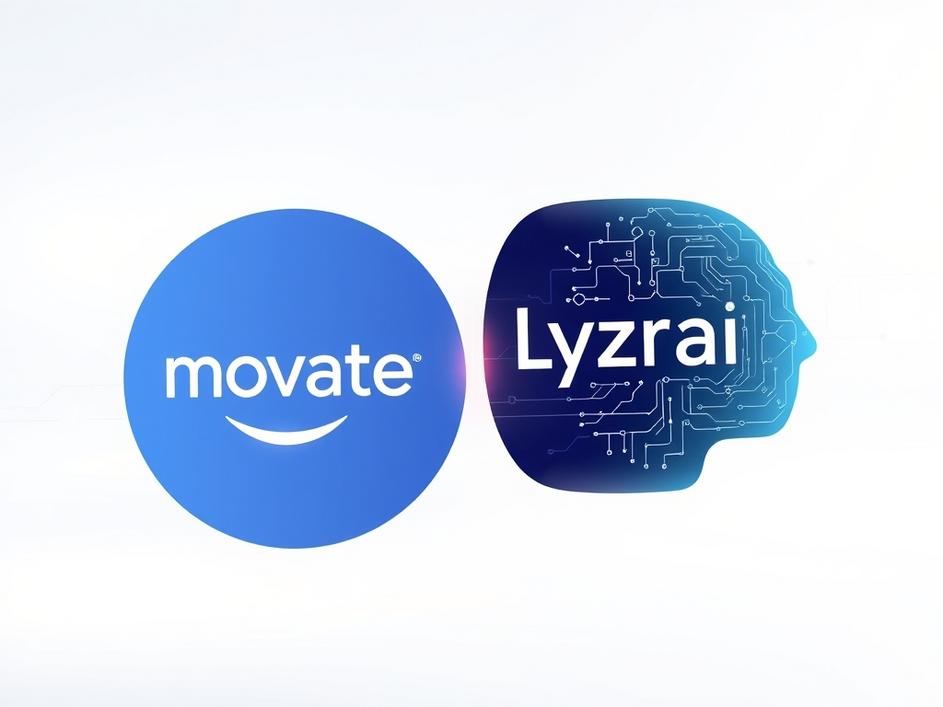


We are a digital agency helping businesses develop immersive, engaging, and user-focused web, app, and software solutions.
2310 Mira Vista Ave
Montrose, CA 91020
2500+ reviews based on client feedback

What's Included?
ToggleImagine a robot not just stuck in a factory, repeating the same task perfectly every time, but actually moving around your home, or navigating a disaster zone, and figuring things out as it goes. We\\”ve all seen those impressive robot arms in videos, meticulously assembling products or delicately handling objects. They\\”re amazing, no doubt. But what about robots that can walk, roll, or fly, *and* interact with their surroundings in a meaningful way? That\\”s where things get really interesting, and frankly, a lot harder. It\\”s the difference between a tool that does one thing really well, and a genuine helper that can adapt to the messy, unpredictable nature of our world.
This is exactly what makes the upcoming talk by Roberto Martín-Martín from the University of Texas at Austin so important. He\\”s diving into “Making Mobile Manipulation Real: New Learning Paradigms for Robots,” and it\\”s scheduled for October 29, 2025. This isn\\”t just about incremental improvements; it\\”s about a fundamental shift in how we think about teaching robots to be useful in dynamic environments. It\\”s about moving them out of the carefully controlled lab and into our lives, making them not just smart, but truly capable of doing things in places where every single detail isn’t pre-programmed.
So, what does “mobile manipulation” actually mean? Think of it as giving robots both legs (or wheels, or wings) and hands, and then expecting them to use them together in unfamiliar places. A factory robot knows exactly where every part will be, every time. But what if a robot needs to pick up a dropped remote control in a cluttered living room? What if it needs to inspect a damaged pipe in a dark, uneven basement? The world outside the factory floor is full of surprises: objects are in different spots, lighting changes, surfaces are uneven, and unexpected obstacles pop up. Traditional programming, where every possible scenario is coded in advance, simply doesn’t cut it. There are too many variables, too many “what ifs.”
This is why the current state of robotics, for all its advancements, often feels like it\\”s just on the cusp of truly breaking through into everyday applications. We can make robots that move, and we can make robots that grasp. But making them do both seamlessly, intelligently, and reliably in a constantly changing environment? That\\”s the Everest of robotics. It requires robots to not just follow instructions, but to observe, understand, and learn on the fly, much like a human does when faced with a new task or an unexpected problem. This isn’t just about better sensors or stronger motors; it’s about fundamentally rethinking how robots acquire and apply knowledge.
When Roberto Martín-Martín talks about “new learning paradigms,” he\\”s hitting on the core of this challenge. We\\”re talking about moving beyond giving robots explicit instructions for every single action. Instead, we want to give them the ability to learn, much like a child learns to pick up toys. A child doesn’t get a specific algorithm for every type of toy; they learn general principles through trial and error, through observation, and through practice. For robots, this means leaning heavily on advanced artificial intelligence techniques like reinforcement learning, where robots learn by doing and getting feedback, or using massive datasets to train them on how to interact with countless objects in different settings.
It also involves something called “sim-to-real” transfer, where robots can learn complex tasks in a virtual world – where mistakes are cheap and data is plentiful – and then transfer that learned knowledge to the physical world. This is a game-changer because it allows for rapid iteration and experimentation that would be impossible or too dangerous with physical robots. The goal is to move robots from being simple automatons to being flexible, adaptable agents that can generalize their understanding. Imagine a robot that learns how to open one type of door, and can then apply that knowledge to open a slightly different door it\\”s never seen before. That’s the power of these new learning approaches, and it’s what will finally make mobile manipulation practical and widespread.
The implications of truly mobile and manipulative robots are immense. Think about the countless jobs that are dangerous, dull, or dirty that could be performed by these machines. In disaster recovery, robots could navigate rubble and assess damage, reaching places unsafe for humans. In healthcare, they could assist the elderly or those with disabilities, performing tasks like fetching items, opening doors, or helping with daily routines. Logistics and manufacturing could see an even greater leap, with robots dynamically organizing warehouses or assembling complex products with minimal human oversight, even when layouts change. Even in our homes, a robot that can not only vacuum but also put away laundry, organize shelves, or even prepare simple meals, would profoundly change daily life.
But beyond the practical applications, there’s a deeper philosophical shift. We are moving towards a future where robots aren’t just tools, but are becoming more like partners. This brings up interesting questions about how we interact with them, how we ensure their safety, and how we integrate them ethically into society. As robots become more autonomous and capable of learning, the relationship between humans and machines will evolve. It\\”s a future that demands thoughtful consideration alongside technological innovation. These new learning paradigms aren’t just about making robots work; they’re about shaping the role robots will play in our lives.
Events like the GRASP SFI series, and specifically this upcoming hybrid talk, are crucial milestones in this journey. They\\”re not just academic discussions; they\\”re platforms where the brightest minds in the field share their latest breakthroughs, challenge existing ideas, and inspire the next wave of innovation. When researchers like Roberto Martín-Martín present their work, they\\”re not just sharing findings; they\\”re opening up new avenues for exploration, sparking collaborations, and accelerating the pace of discovery. The hybrid format is also a testament to this, breaking down geographical barriers and allowing a wider audience to engage with cutting-edge research.
It\\”s a chance for students, fellow researchers, and even curious onlookers to get a glimpse into the future of robotics and understand the complex problems being solved today. These aren’t just theoretical musings; they\\”re direct contributions to building a world where robots can genuinely assist us, navigating and manipulating objects in environments just like ours. This is where the hard work of making science fiction a reality truly happens, one insightful presentation at a time.
The dream of truly intelligent, adaptable robots that can move freely and interact skillfully with the world around them is no longer just a distant vision. Thanks to researchers like Roberto Martín-Martín and the development of these “new learning paradigms,” we\\”re closer than ever to seeing mobile manipulation become a widespread reality. It\\”s a challenging path, full of complex problems to solve, but the potential rewards – from improving safety to enhancing daily life – are enormous. As we look towards October 2025, this presentation offers a fascinating window into the innovations that will undoubtedly shape our future, moving robots beyond the factory floor and into a world where they can truly learn, adapt, and make a difference. The next generation of robots won’t just move; they’ll learn how to move, and how to do things, wherever they go.



Leave a reply